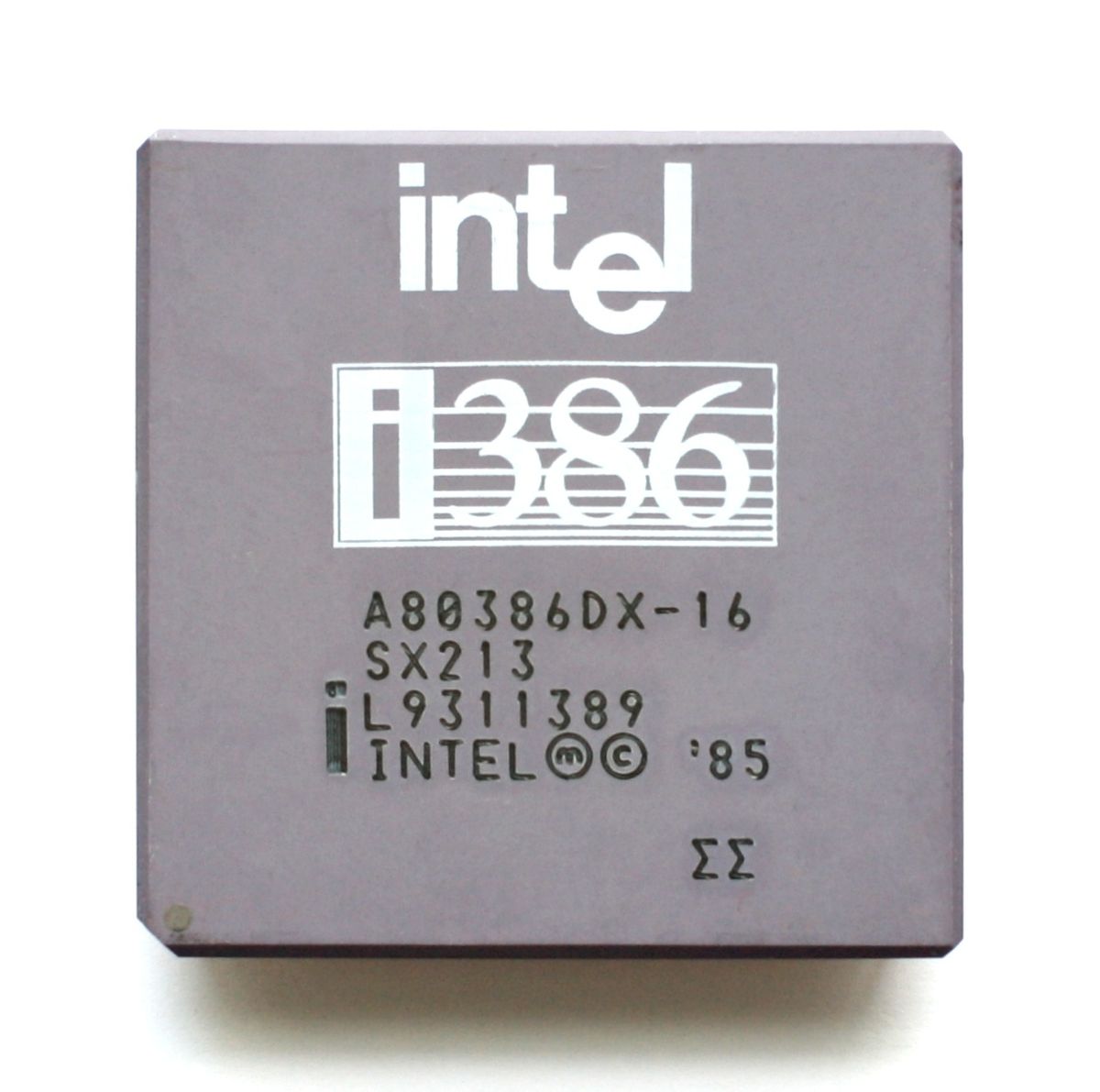

Actually the ad matches the article. To me the ad is “fringe” and it has infested the “mainstream” (CNN).
I’m a computer and open source enthusiast from Toronto, Ontario, Canada.


Actually the ad matches the article. To me the ad is “fringe” and it has infested the “mainstream” (CNN).


The ability to walk at 40km/h speeds.
At work, if you have the option, consider using KeePassXC or similar software. That will give you a properly encrypted file with secrets and also password-manager features.
Hear hear!


Better late than never and I responded! Check your DM. :)


I have the whole series as DRM-free MP3. Let me know if you want it.


You should see/try socialist/communist toilet paper. Not only is it thin like this, it will also no-so-gently exfoliate your anus.
Source: Cuban resorts and lived experience in the former Soviet Union during the 80’s and early 90’s.


5 days WFH hands down.
Good point! I assumed the worst; but it’s possible the array is rebuilding or even already rebuilt and just needs to be mounted.
According to LocalSend docs these are the ports that need to be opened: Multicast (UDP) Port: 53317 Address: 224.0.0.167 HTTP (TCP) Port: 53317 AFAIK macOS firewall is app-based, at least in the GUI. So depending on how you installed LocalSend, you may have to add it to the list of allowed apps: https://support.apple.com/en-ca/guide/mac-help/mh34041/mac
You may be able to add the ports above to /etc/pf.conf manually, but AFAIK messing with pf on macOS is not recommended.
The other thing I wanted to ask is about Vallum. If you have it running on that Mac, would it not “take over” the macOS firewall?
Assuming you were using a Linux software RAID, you should be able to recover it.
The first step would be to determine what kind of RAID you were using… btrfs, zfs, mdraid/dmraid/lvm… do you know what kind you set up?
To start the process, try reconnecting your RAID disks to a working Linux machine, then try checking:
Note: if you used zfs of btrfs, do not do steps 3 and 4; they are MD RAID specific.
Legacy API and app behaviour support. Ironically replacing the registry with something more straightforward would be relatively easy, unlike adding support for storing home directories on a drive other than C. Technically you can mount a different filesystem under c:/users to achieve this, but AFAIK that’s neither supported nor trivial to do.
I tried doing it, and gave up. Sure, most software will respect the path changes in the user’s registry hive, however, every once in a while a program will just assume that your home dir lives under c:\documents and settings$username - and that’s when it all goes south. Really frustrating this lack of consistency.
All in all, the OS is riddled with hacks and “supports” for legacy runtimes and behaviours. Heck, my username is poking fun at the fact that Windows 7 had support for the 386 (yes, Intel’s 80386 processor from the late 80’s) enhanced API. Windows 7…. My username is a “tribute” to a file called krnl386.exe that implemented a bunch of legacy API calls like how much RAM a system has or whether or not the OS is running in “386 enhanced mode” that were relevant back in Windows 3.x days… and still supported in Windows 7. That pretty much sums up why Windows is, and always will be, a hot mess.
That is how you learn! Actually one of the best ways to learn, IMHO.
Ah, that would break things! Any idea how the incorrect UUID got into the kernel boot parameters?
Windows is difficult to repair mainly because of the registry, IMHO. Microsoft’s claims that it should never require cleanup doesn’t really make sense… it’s the most practical advice given how convoluted it is, but the fact that a database that keeps getting written to constantly doesn’t ever need any kind of maintenance just doesn’t make sense to me.
To be fair, average users would never (or should never) encounter such an issue. The person asking uses Arch (I think?) which is by far not an “average person” distribution.
Weird… the only thing I can think of is that maybe the UUID changes on every boot with live USBs, since the root filesystem is ephemeral …
Thanks for sharing. Very nice writeup.
I think the key would be figuring out where this extra UUID is coming from. Maybe next time you try this, make a note of all the UUIDs on your system (including the bootable USB) and see which one ends up in the bootloader config.
Knowing what’s happening can help guide your Googling to find out why it’s happening and how to fix it.
If you’re that worried, why not run chmod -R u+w .git inside the project dir to “un write-protect” the files, then just ascend to the directory containing the project dir (cd …) and use rm -r without -f?
The force flag (-f) is the scary one, I presume?